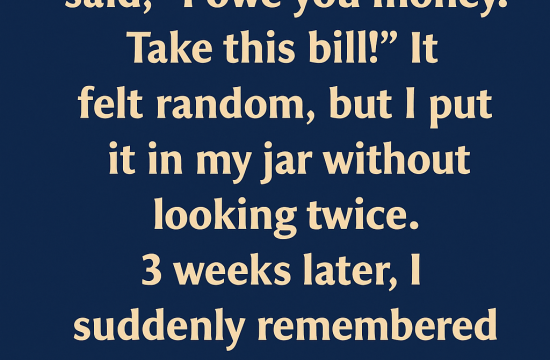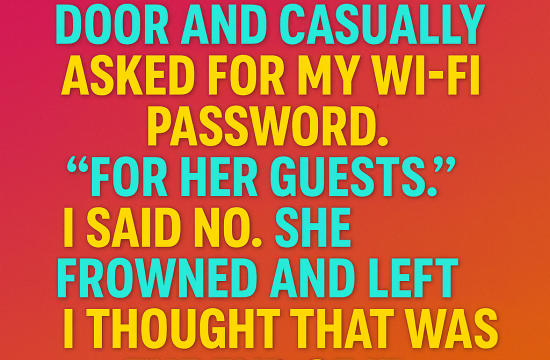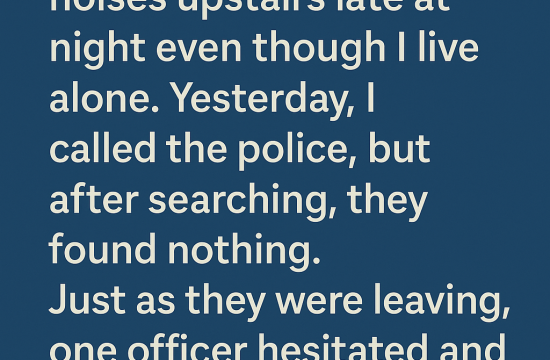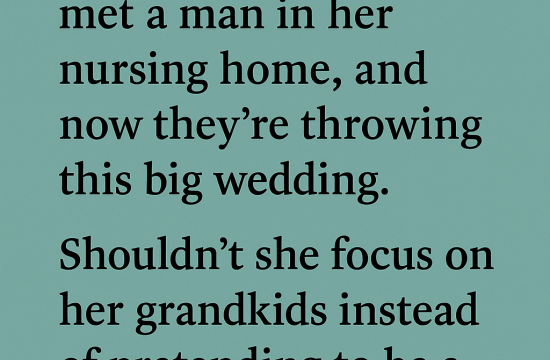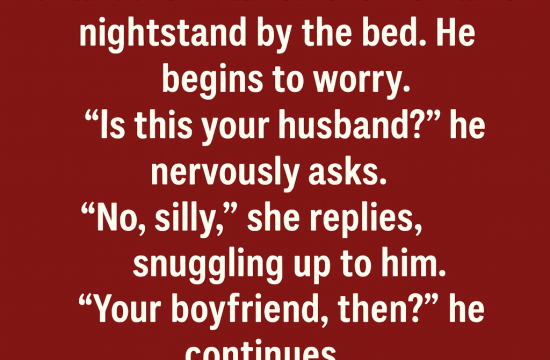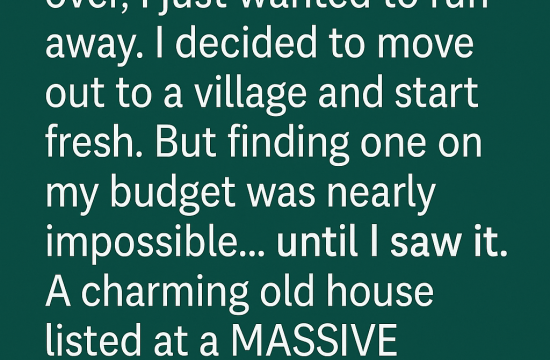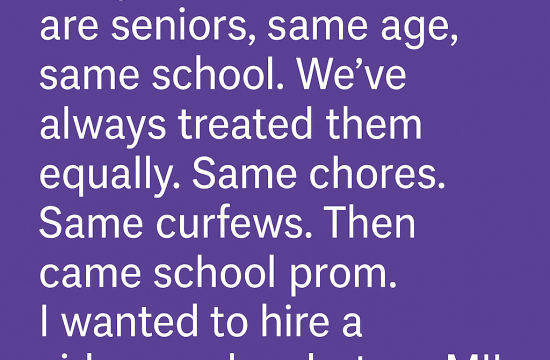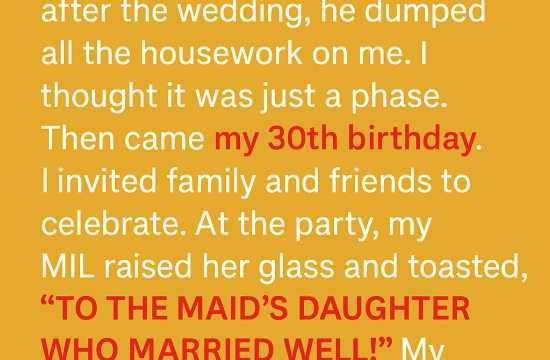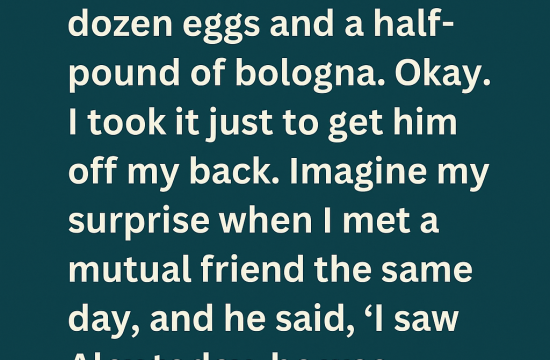My sister and I hadn’t spoken in years. When our mom died, we reluctantly reunited at the funeral—awkward, distant, each carrying our own weight of resentment. After the service, over lukewarm coffee at a quiet café, Sarah slid a folded paper across the table, her eyes blazing with something between rage and heartbreak.
It was a DNA test result—one that showed we weren’t biologically related.
Dumbfounded, I stared at the paper, my heart pounding fiercely in my chest. Was this real? Did this mean the woman who raised us—who kissed our scraped knees and sang us to sleep—had been hiding something so enormous it could rewrite our entire childhood?
I reached out to touch the paper, but Sarah pulled it back protectively. Her usually guarded eyes shimmered with unshed tears. “I’ve spent nights driving myself crazy over this,” she whispered. Her voice was unfamiliar—fragile, almost childlike.
I leaned back, the café air suddenly too thick. A swirl of emotions clashed inside me: anger at the secret, confusion over what it meant for us, and strangely, curiosity.
I asked gently, “Have you tried finding… well, your other family?”
The question hung in the air like fog. Sarah shook her head, gripping the paper tightly. “I don’t even know where to begin,” she said, her voice cracking with a vulnerability I hadn’t seen in her since we were kids.
I looked at her and, for the first time in years, I didn’t see the sister I’d argued with or grown apart from—I saw the scared little girl who once hid under my blanket during thunderstorms. “Then… let’s find out together,” I said, surprising even myself.
That moment marked the beginning of an unexpected journey—one not just of biology, but of healing.
We started with online genealogy tools, tracing family trees, combing through old census records and dusty digital archives. Hours slipped by in shared silence, the kind that only comes when two people are slowly relearning how to be close.
One breezy evening, as the sun dipped below the horizon, Sarah gasped. She’d found a potential DNA match: a distant relative living in Oregon. Her face lit up with cautious hope, the kind of hope that hurts to hold too tightly.
Over the next few days, we drafted and re-drafted a message until Sarah finally sent it. Then came the wait—tense, uncertain, and long. Until one day, a reply came.
It was from an older woman named Linda, who introduced herself as a cousin. Her response was warm but cautious. She confirmed the connection and, after a few exchanges, invited Sarah to visit.
Sarah hesitated. “What if they don’t want me? What if I’m just a reminder of something painful?”
“You’ll never know unless you try,” I told her. “And I’m coming with you.”
We booked the trip, both nervous and hopeful. On the flight to Portland, we reminisced—about our childhood games, our mom’s cinnamon pancakes, the silly songs we made up in the car. Each memory softened the years of silence between us.
When we arrived, Portland greeted us with a warm summer sun and the scent of pine in the breeze. Linda’s home was cozy and filled with life—photos lined the walls, laughter spilled from the kitchen, and the air was rich with the smell of fresh-baked cookies.
Linda greeted us at the door and embraced Sarah with gentle warmth. Inside, we met extended relatives who welcomed her with kindness and curiosity. There was no judgment—only a quiet understanding that family sometimes arrives in the most unexpected ways.
Sarah marveled at resemblances in old photographs, noticing the curve of a smile or the tilt of a brow that mirrored her own. She listened to stories of relatives long gone, and in their telling, found a sense of place she’d never known she was missing.
But the real surprise was how this journey brought us back together.
In helping Sarah find her roots, we rediscovered our own bond—one forged not by blood, but by bedtime stories, scraped knees, shared birthdays, and whispered secrets. The kind of bond that doesn’t break with DNA.
By the end of our trip, Sarah hugged Linda tightly, eyes brimming with gratitude. “I didn’t know what I’d find,” she said softly, “but I think I found more than I ever hoped for.”
Back home, we visited our mom’s grave together. We laid fresh roses down and sat in silence. “She kept secrets,” I said. “But she gave us love. Real love.”
Sarah nodded. “And maybe… she gave me two families.”
Since then, Sarah has taken up genealogy as a passion—uncovering not just her story, but the stories of others. She’s found beauty in piecing together lost connections. And we? We’ve built something stronger than we ever had before.
The truth shook us. But it also stitched us back together.
Because in the end, family isn’t just about who you’re born to—it’s about who stands beside you when the ground beneath you shifts.


